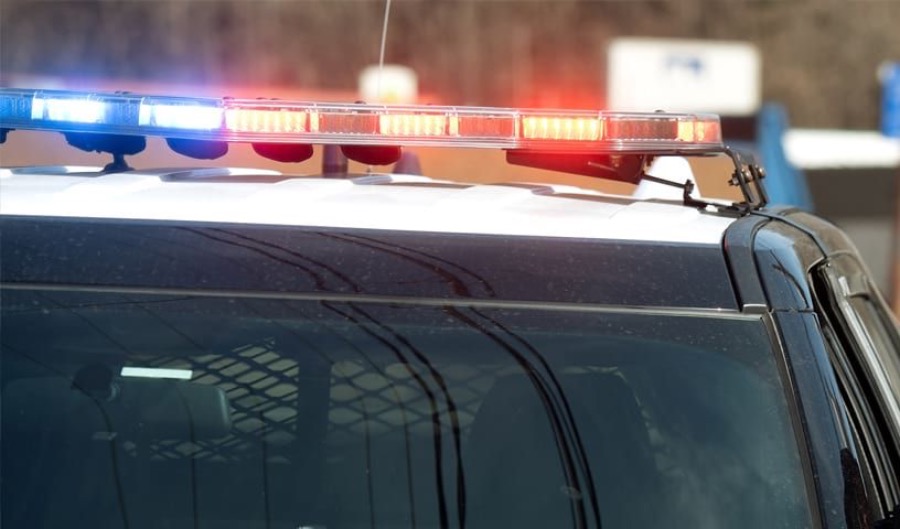
Negativity bias is real, especially in the world of first responders. In this article, we’ll take a look at negativity bias and how first responders and their families can mitigate its impacts. Additionally, we’ll explore how agencies can provide negativity bias education and prevention strategies for the success of their people and overall organization, with practical ideas for implementation consideration.
Negativity bias refers to the psychological phenomenon where individuals pay more attention to and give greater weight to negative information or experiences, especially when compared to positive ones.
This cognitive bias can (and does) influence thoughts, emotions and behaviors, leading some to focus on and remember adverse events more vividly and for more extended periods. This bias can have significant undesirable impacts that can influence overall well-being and interpersonal relationships. Just as a shadow engulfs and obscures surrounding light, negativity bias can overshadow the positive aspects of life.
As a former first responder, I know too well how first responder jobs can create a strong bias of negative thoughts, responses and outlooks. Constantly seeing, hearing, and being involved in people’s worst days can take its toll. This can create a pervasive sense of pessimism that affects our mood, motivation and overall well-being. And this can also impact those we care most about – family.
Being a former cop, the wife of a cop, and daughter of two retired cops, I know how negativity bias can impact the entire family unit. It can make it harder to recognize and appreciate the good in the world and the blessings in our lives. Children of first responders who are constantly exposed to their parents' negative biases, verbalized or not, can experience the same fate.
When my father was involved in an officer-involved shooting, the deceased person’s family members threatened retaliation and bodily harm to the child of the cop who killed their loved one. That was me. I remember having to leave school for some time and attempting to process why someone would want to harm me because of the job my dad had. As a result, I adopted a very negative view of the world from childhood due to many similar experiences and indirect negativity contagion from my parents.
Unsurprisingly, negativity bias is contagious (Rozin & Royzman, 2001).1 On average, first responders will see 188 critical incidents (involving death and violence) in their lifetime (Lowe, 2024)2. These critical incidents can contribute to individual negativity biases, either after just one incident or the accumulation of many over time. In contrast, the average person will see 2-3 critical incidents in their lifetime.
Individuals and organizations must prioritize preventing or mitigating the contributing factors.
Seek help from culturally competent clinicians and allocate funds so the first responder does not foot the bill. Therapy can offer a safe space to heal from past contributing factors and build resilience for the inevitable challenging events in the future. Be sure to include spouses and their children in individual and family therapy.
Seek some insight, both individually and organizationally, to help you focus on the positive. If we, as first responders, focus entirely on seeing the negative things in life, that is what we will see. Remember, negativity spreads like a wildfire during a dry California summer.
Create a culture capture to understand the department’s baseline health. This is the first step towards creating meaningful change – especially if organizational factors are contributing to widespread negativity biases. Anonymous surveys and confidential interviews by neutral third parties can improve the work environment and increase individual wellness, thereby decreasing pervasive negativity bias.
First responders and their families face immense challenges that all too often contribute to negativity bias. When left unchecked, this outlook can lead to a decline in mental health, lackluster job performance, and family impacts. Supporting our first responders through education and practical strategies to boost positive work associations and experiences is a vital investment that will pay back in dividends via individual health and generational impact.
Stephanie Kiesow is a writer, author, speaker, and law enforcement veteran. She served the Central Coast of California during her 16 years in law enforcement; the last several as a police officer. She earned her bachelor's degree from California State University, Channel Islands, and her master’s degree in industrial and organizational psychology from Liberty University. She is a working on her doctorate in the field of Industrial and Organizational Psychology, researching organizational and occupational contributing factors to suicide within first responder industries. Stephanie also holds many certifications from various organizations, including ones that involve psychological autopsies. She is a best-selling author with her book, “Workicide.” When not working, Stephanie enjoys spending time with her husband and young sons and taking care of her beloved pets.
